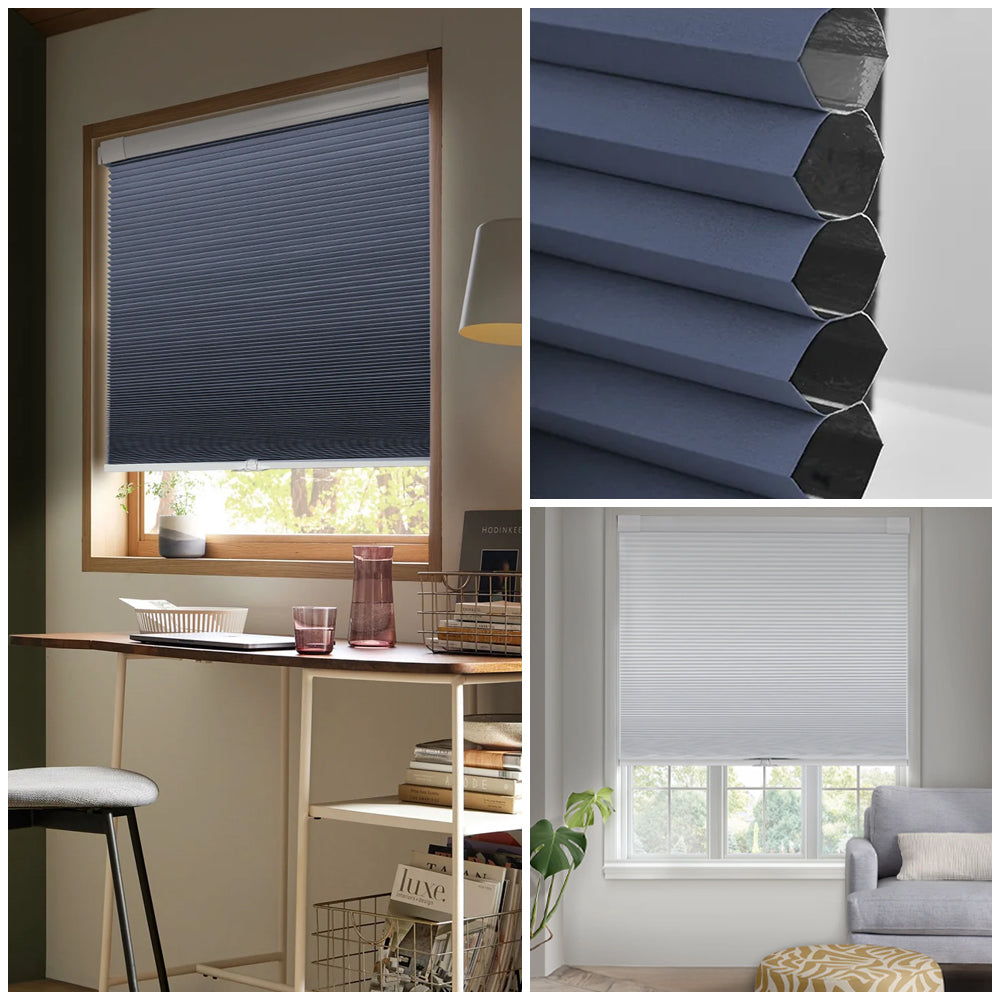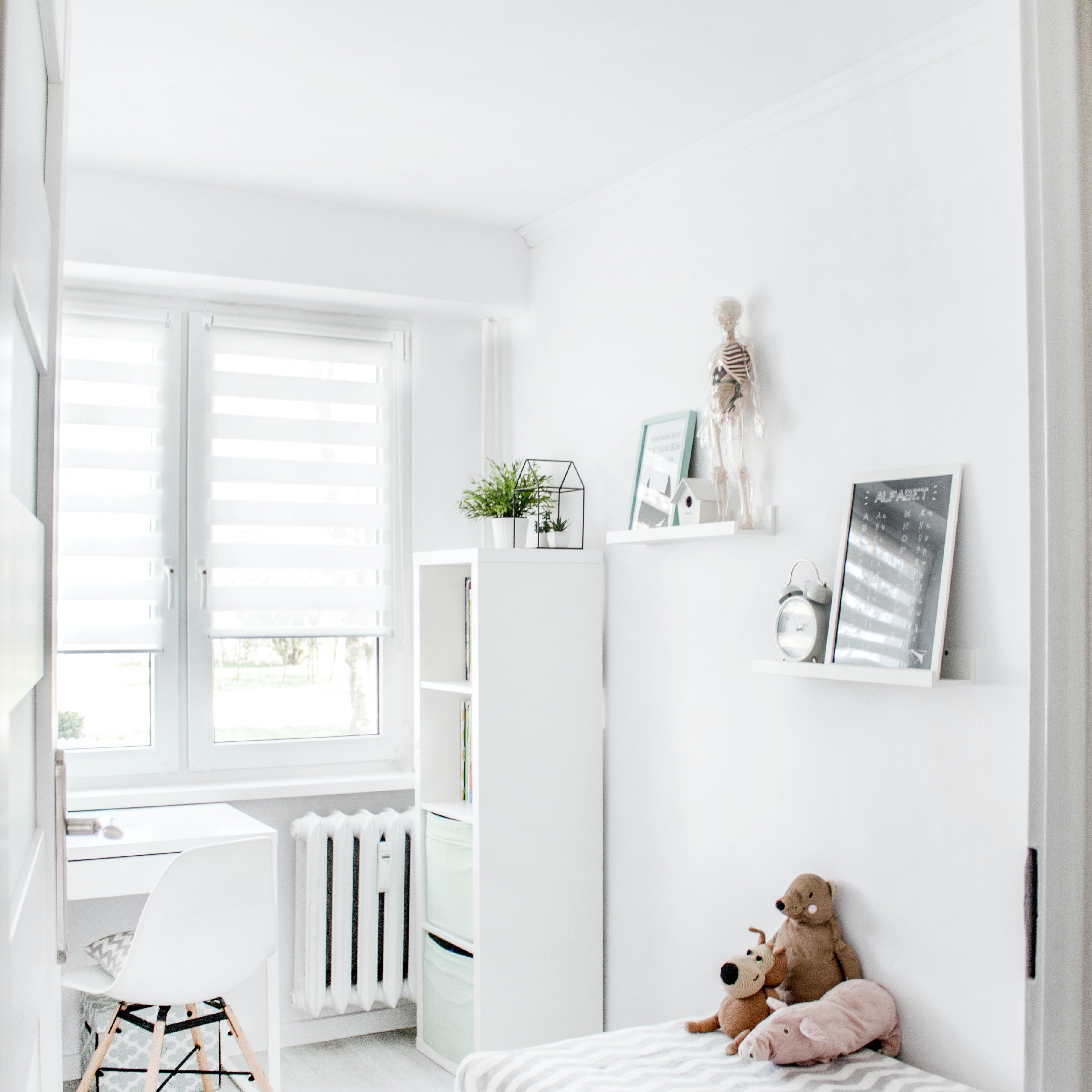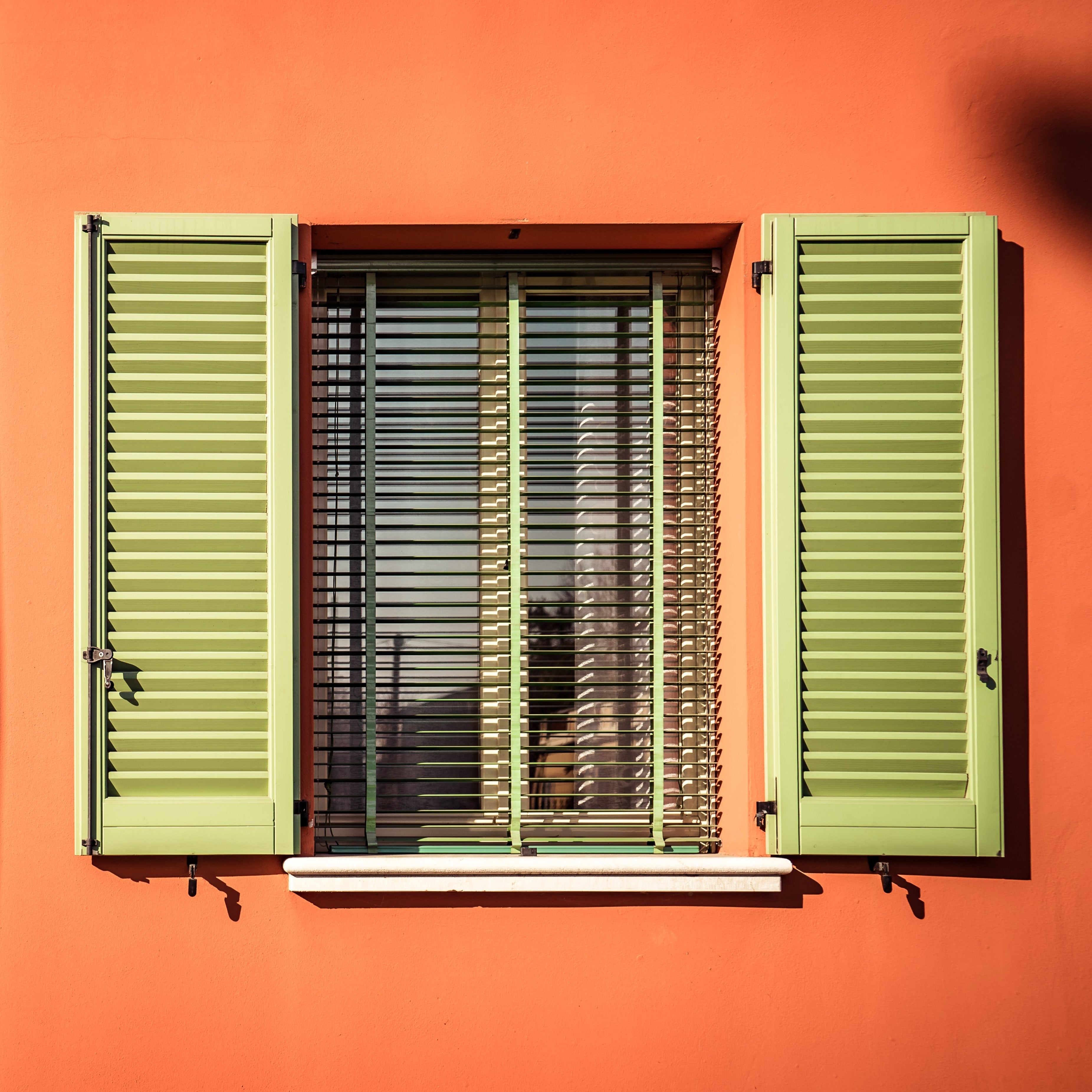Shades and blinds are two popular types of window treatments, each with its own characteristics and benefits. Understanding the difference between them can help you make an informed decision when choosing the right window treatment for your home. Here's a breakdown of shades and blinds:
Shades: Shades are window coverings made from a single piece of fabric or material that can be raised or lowered to adjust the amount of light entering the room. They are available in various styles, including roller shades, Roman shades, cellular shades, and pleated shades. Here are some key features of shades:
-
Soft, Fabric-Based: Shades are typically made of soft fabrics, offering a softer and more elegant look compared to blinds.
-
Light Filtering and Blackout Options: Shades provide different levels of light control, ranging from light filtering to room-darkening and blackout options, allowing you to customize the amount of privacy and natural light in your space.
-
Insulating Properties: Certain types of shades, such as cellular shades, offer insulation benefits by trapping air within their honeycomb-like structure, helping to regulate temperature and reduce energy costs.
Blinds: Blinds, on the other hand, consist of slats or vanes that can be tilted or adjusted to control light and privacy. They are available in various materials, including wood, faux wood, aluminum, and vinyl. Here are some key features of blinds:
-
Versatile Light Control: Blinds offer precise light control as you can adjust the angle of the slats to allow varying degrees of light to enter the room. You can also lift or lower the blinds to control privacy.
-
Durable and Easy to Clean: Blinds are known for their durability, making them suitable for high-traffic areas. They are relatively easy to clean and maintain, requiring simple dusting or wiping down.
-
Wide Range of Styles: Blinds come in different styles, such as horizontal blinds (such as Venetian blinds) and vertical blinds. They offer versatility in design and can complement various decor styles.
In summary, shades provide a softer and more fabric-based window treatment option with light filtering and blackout capabilities, while blinds offer versatile light control and durability with their slat-based design. Choosing between shades and blinds ultimately depends on your preferences, the desired level of light control and privacy, and the overall aesthetic you want to achieve in your space. Consulting with a window treatment specialist can help you explore the options and find the perfect fit for your home.




Leave a comment
All comments are moderated before being published.
This site is protected by hCaptcha and the hCaptcha Privacy Policy and Terms of Service apply.